What does Rio de Janeiro mean in Spanish?
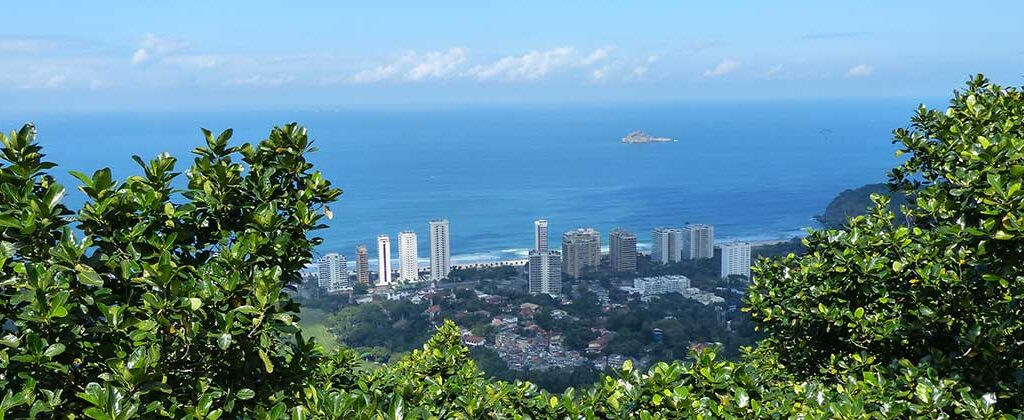
Welcome to the fascinating world of language and culture! Have you ever wondered what Rio de Janeiro means in Spanish? Prepare to embark on a linguistic journey as we uncover the intriguing meaning behind this iconic Brazilian city’s name.
Rio de Janeiro, known for its vibrant carnival, breathtaking landscapes, and lively atmosphere, holds a special place in the hearts of many. But beyond its popular image, the translation of its name sheds light on its rich history and cultural heritage.
In Portuguese, Rio de Janeiro translates to “River of January.” In Spanish, Rio de Janeiro translates to “Rio de Enero” (River of January). This captivating name derives from the city’s discovery by Portuguese explorers in January 1502, who mistakenly believed the bay at the entrance of Guanabara Bay was the mouth of a river.
Join us as we delve deeper into the significance of this translation and explore the captivating stories that lie behind Rio de Janeiro’s Spanish name.
Translation of Rio de Janeiro in Spanish
The translation of Rio de Janeiro in Spanish as “River of January” holds a significant historical meaning. When Portuguese explorers first set foot on the shores of Brazil in January 1502, they encountered a magnificent bay at the entrance of Guanabara Bay. Mistaking it for the mouth of a river, they named the area “Rio de Janeiro” in reference to the month of their arrival. This name has persisted over the centuries, becoming an integral part of the city’s identity. The Spanish translation beautifully captures the essence of the city’s discovery and pays homage to the explorers who first arrived in this breathtaking location.
The name “River of January” evokes the image of a majestic waterway, flowing through a picturesque landscape. Though the translation may not accurately represent the geographical reality of Rio de Janeiro, it encapsulates the spirit of exploration and adventure that marked the city’s early history. It serves as a reminder of the brave individuals who embarked on perilous journeys to discover new lands and create connections between different cultures. Rio de Janeiro’s Spanish name is a testament to the power of language and its ability to shape our perceptions of places and events.
Origins and history of the name Rio de Janeiro
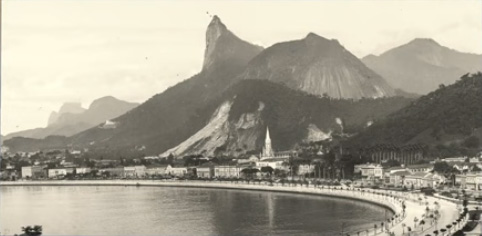
The origins of the name Rio de Janeiro can be traced back to the early days of Portuguese exploration in the 15th and 16th centuries. In their quest for new trade routes and resources, Portuguese navigators ventured into uncharted waters, often relying on their navigational skills and instincts. It was during one of these expeditions that they stumbled upon the beautiful bay that would later become Rio de Janeiro.
The Portuguese explorers, led by Gaspar de Lemos, arrived at the bay in January 1502. Believing that they had discovered the mouth of a river, they named the area “Rio de Janeiro” in reference to the month of their arrival. Little did they know that what they had discovered was not a river, but a gorgeous bay surrounded by lush mountains and stunning beaches.
Over the years, Rio de Janeiro underwent significant transformations. It served as the capital of Brazil for nearly two centuries, from 1763 until 1960 when the capital was moved to Brasília. During this time, the city experienced rapid growth and became a cultural and economic hub, attracting people from all over the world.
Cultural significance of Rio de Janeiro in Spanish-speaking countries
The cultural significance of Rio de Janeiro extends beyond its borders and resonates with Spanish-speaking countries around the world. The city’s vibrant carnival, samba music, and beautiful beaches have captivated the imaginations of people from different cultures, including those who speak Spanish.
In Spanish-speaking countries, Rio de Janeiro is often associated with joy, celebration, and the spirit of carnival. The city’s annual carnival, known as “Carnaval do Rio de Janeiro,” is one of the most famous and extravagant celebrations in the world. It attracts more than one million visitors, including many Spanish-speaking tourists, who come to experience the lively atmosphere, colorful parades, and energetic samba rhythms.
Similarities and differences between the Spanish and Portuguese languages

The Spanish and Portuguese languages have many similarities, owing to their shared roots in the Romance language family. Both languages evolved from Latin and share a significant amount of vocabulary and grammatical structures. As a result, speakers of Spanish and Portuguese can often understand each other to some extent, especially when the conversation is written or formal.
Despite these similarities, there are also notable differences between the two languages. One of the main differences lies in pronunciation. Spanish has a more regular pronunciation system, with consistent rules for accentuation and pronunciation of vowels and consonants. Portuguese, on the other hand, has a more complex phonetic system, with variations in vowel sounds and different pronunciation patterns.
Another difference between Spanish and Portuguese is the use of certain verb tenses and grammatical structures. While both languages share many verb conjugations and grammatical features, there are some variations that can cause confusion for learners of either language. For example, Portuguese has a future subjunctive tense that is not present in Spanish, and Spanish uses the pronoun “vosotros” for the second-person plural, which is not used in Portuguese.
Despite these differences, Spanish speakers can generally understand written Portuguese to some extent, thanks to the similarities between the two languages. This linguistic connection has facilitated cultural exchange and interaction between Spanish-speaking countries and Rio de Janeiro, allowing for a deeper appreciation of the city’s rich history and vibrant culture.
Rio de Janeiro’s popularity among Spanish-speaking tourists
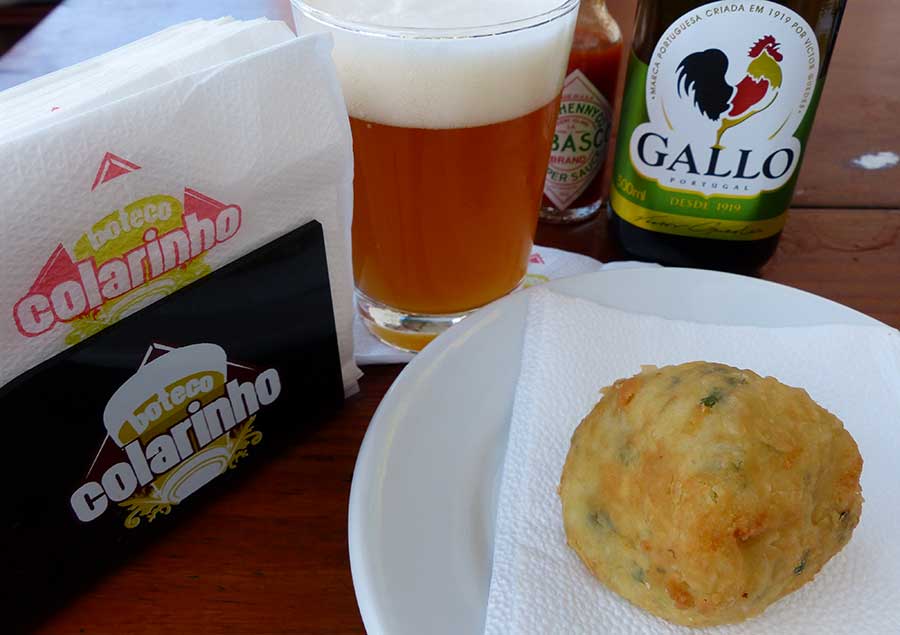
Rio de Janeiro’s allure extends far beyond its Portuguese-speaking borders and has attracted a significant number of Spanish-speaking tourists over the years. The city’s vibrant culture, stunning landscapes, and warm climate make it an ideal destination for travelers seeking adventure, relaxation, and cultural immersion.
Spanish-speaking tourists are drawn to Rio de Janeiro for various reasons. The city’s world-famous carnival is a major attraction, with its dazzling parades, elaborate costumes, and pulsating samba rhythms. The carnival offers a unique opportunity to experience the vibrant spirit of Rio de Janeiro and immerse oneself in the city’s rich cultural heritage.
In addition to the carnival, Rio de Janeiro boasts an array of famous landmarks and attractions that appeal to Spanish-speaking tourists. The iconic Christ the Redeemer statue, perched atop Corcovado Mountain, offers breathtaking views of the city and is a must-visit for anyone traveling to Rio de Janeiro. The vibrant neighborhoods of Copacabana and Ipanema, with their stunning beaches, lively bars, and delicious cuisine, are also popular destinations for Spanish-speaking visitors.
To cater to the needs of Spanish-speaking tourists, many businesses in Rio de Janeiro provide services in Spanish, including tour guides, hotels, and restaurants. This level of accessibility makes it easier for Spanish-speaking visitors to navigate the city and enjoy all that Rio de Janeiro has to offer.
Famous landmarks and attractions in Rio de Janeiro
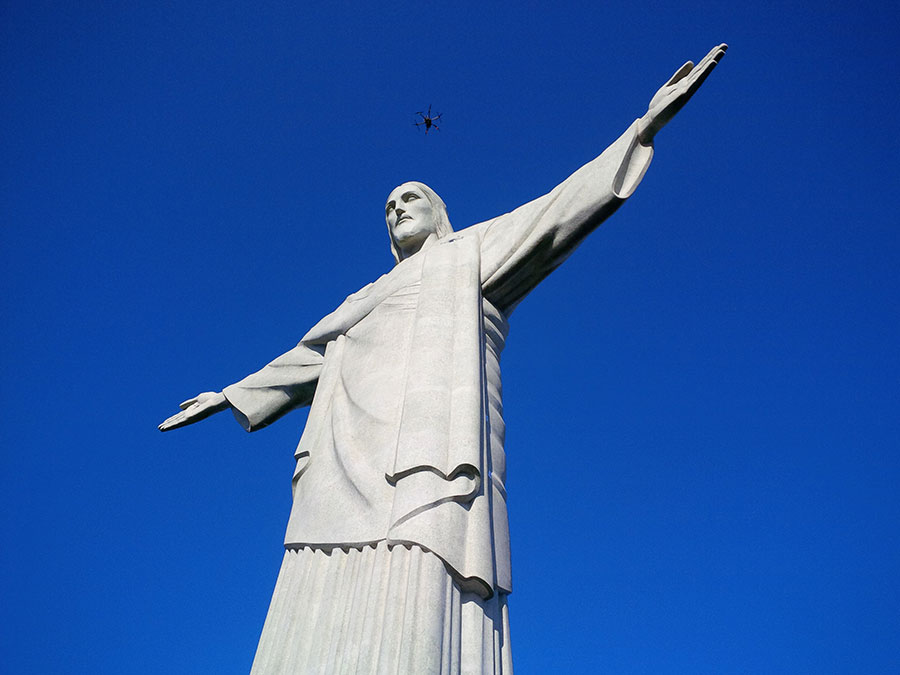
Rio de Janeiro is home to several famous landmarks and attractions that have become synonymous with the city’s identity. These iconic sites attract millions of visitors each year, including Spanish-speaking tourists, who come to witness the beauty and history of Rio de Janeiro.
One of the most recognizable landmarks in Rio de Janeiro is the Christ the Redeemer statue. This colossal statue stands at the summit of Corcovado Mountain and offers panoramic views of the city. It is a symbol of Christianity and a testament to the city’s religious heritage.
Another must-visit attraction in Rio de Janeiro is the Sugarloaf Mountain. This granite peak rises 396 meters above the city and is accessible by cable car. From the top, visitors can enjoy breathtaking views of Rio de Janeiro’s coastline, including the famous beach of Copacabana.
The beaches of Rio de Janeiro are also major attractions in their own right. Copacabana Beach, with its golden sands, vibrant nightlife, and iconic promenade, is a favorite among locals and tourists alike. Ipanema Beach, known for its picturesque beauty and trendy atmosphere, is another popular choice for beachgoers.
Rio de Janeiro is also home to several historic and cultural landmarks. The historic neighborhood of Santa Teresa, with its cobbled streets and colonial architecture, provides a glimpse into the city’s past. The Municipal Theatre, a stunning example of neoclassical architecture, is a cultural hub that hosts operas, ballets, and concerts.
Travel tips for Spanish-speaking visitors to Rio de Janeiro
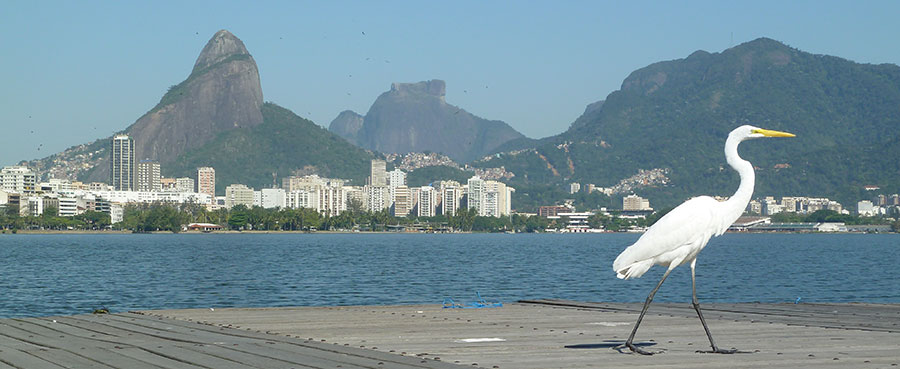
If you’re a Spanish-speaking visitor planning a trip to Rio de Janeiro, here are some travel tips to make your experience even more enjoyable:
- Learn some basic Portuguese phrases: Since some people in Rio de Janeiro speak English, knowing a few basic Portuguese phrases can go a long way in enhancing your interactions with locals. Simple greetings, thank you, and asking for directions are always appreciated.
- Stay in a centrally located neighborhood: Rio de Janeiro is a large city with several distinct neighborhoods. To make the most of your visit, consider staying in a centrally located neighborhood, such as Copacabana, Arpoador, Leme, Botafogo, Leblon, or Ipanema. This will allow you to easily access the city’s main attractions and have a wide range of dining and entertainment options nearby.
- Take precautions for personal safety: Like any major city, Rio de Janeiro has its share of safety concerns. It’s important to take precautions to ensure your personal safety. Avoid displaying valuable items, be aware of your surroundings, and only use licensed taxis or ride-sharing services.
- Experience the local cuisine: Rio de Janeiro is known for its delicious food, influenced by African, Portuguese, and indigenous flavors. Don’t miss the opportunity to try traditional dishes such as feijoada (a black bean stew with pork), pão de queijo (cheese bread), and brigadeiro (a chocolate truffle).
- Be mindful of local customs and etiquette: Brazilians are known for their warmth and friendliness. Respect local customs and etiquette by greeting people with a handshake or a kiss on the cheek, dressing modestly when visiting religious sites, and being mindful of cultural differences.
Spanish-language resources and services in Rio de Janeiro
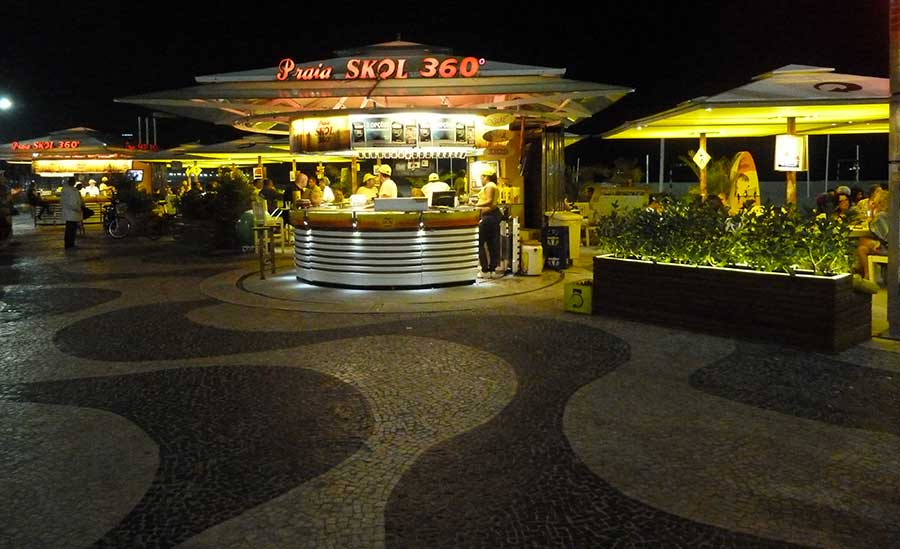
For Spanish-speaking visitors to Rio de Janeiro, there are several resources and services available to make your stay more comfortable:
- Spanish-speaking tour guides: Many tour companies in Rio de Janeiro offer services in Spanish, allowing you to explore the city with a knowledgeable guide who can provide insights and explanations in your native language.
- Spanish-speaking hotel staff: Some hotels in Rio de Janeiro have staff members who speak Spanish, making it easier to communicate your needs and preferences during your stay.
- Spanish-language maps and guides: Look for maps and travel guides available in Spanish, which can help you navigate the city and discover hidden gems.
- Spanish-speaking restaurants and menus: Some restaurants in Rio de Janeiro cater to Spanish-speaking tourists and offer menus in Spanish. This can make it easier to order your favorite dishes and explore local cuisine.
Conclusion
Rio de Janeiro’s Spanish translation, “River of January,” encapsulates the city’s rich history and cultural heritage. The name, coined by Portuguese explorers who mistakenly believed the bay at the entrance of Guanabara Bay was the mouth of a river, has become an integral part of the city’s identity. It represents the spirit of exploration and adventure that marked Rio de Janeiro’s early history and continues to attract millions of visitors, including Spanish-speaking tourists, who come to experience the vibrant culture and stunning landscapes.
From the city’s famous landmarks such as the Christ the Redeemer statue and Sugarloaf Mountain to its lively carnival and gorgeous beaches, Rio de Janeiro offers a unique blend of natural beauty, cultural richness, and warm hospitality. Spanish-speaking visitors will find a welcoming atmosphere and a range of resources and services to enhance their experience in this captivating city. So, whether you’re interested in exploring the city’s historical sites, immersing yourself in the vibrant music and dance scene, or simply relaxing on the beautiful beaches, Rio de Janeiro has something for everyone. Come and discover the magic of “River of January” for yourself!